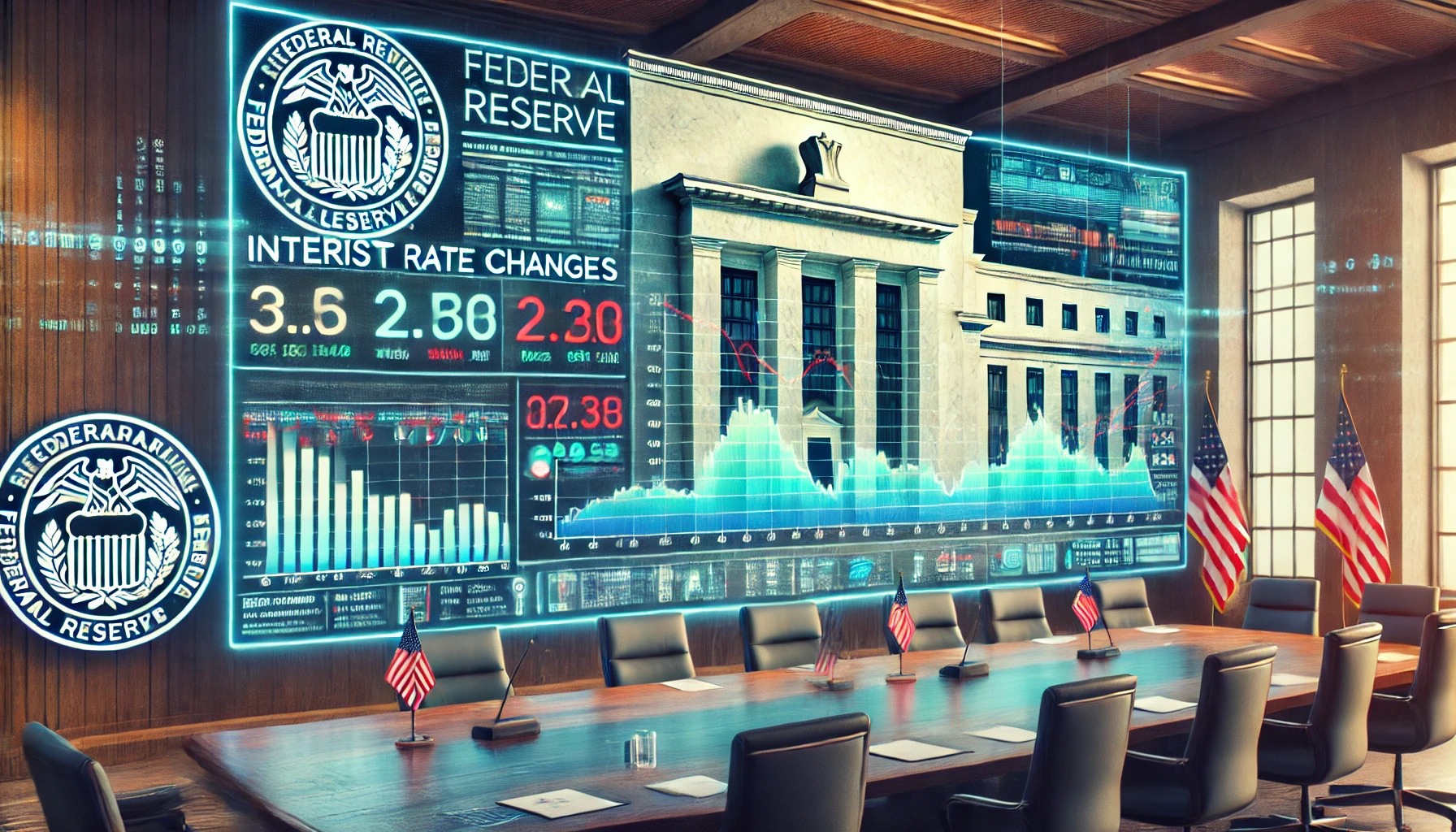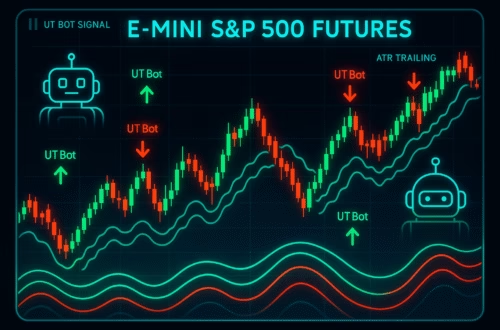On Tuesday (February 11th, Eastern Time), Federal Reserve Chairman Powell reiterated his previous statement that due to the good economic conditions, the Federal Reserve can slowly decide whether and when to cut interest rates.
Powell opened two days of congressional testimony on Tuesday, testifying before the Senate Banking Committee. “We are in a reasonably good position in the economy right now. We would like to see some further progress on inflation,” he stated. “We believe the current policy rate is appropriate and see no urgency in reducing it further.”
The Federal Reserve kept its benchmark interest rate unchanged at 4.25% to 4.5% last month, having cut rates by a total of 100 basis points in its final three rate meetings last year. Markets generally perceive the first phase of the Fed’s rate-cut cycle as complete.
Regarding last year’s interest rate cut, Powell said it was a necessary step in the Fed’s policy adjustments to respond to improved inflation and a cooling labor market.
Looking ahead, Powell said the Fed may keep interest rates unchanged for longer if inflation does not continue to decline toward its target and the economy remains strong.
He added that the Fed could cut interest rates if there was unexpected weakness in the labor market or inflation fell toward its 2% target faster than expected.
Powell reiterated his view that the neutral interest rate has risen significantly from its extremely low level before the pandemic. Unclear estimates of a higher neutral rate may explain the Fed’s cautious approach to future cuts.
The neutral interest rate refers to the interest rate level that neither stimulates nor suppresses economic growth.
Federal Reserve officials have been encouraged by recent inflation data that show price pressures remain muted and could soon be close to their target.
However, policymakers are concerned about a series of policies from former President Trump, such as imposing tariffs and large-scale deportations of illegal immigrants, which economists generally believe will cause US inflation to rise again.
The Fed controls short-term interest rates, which impact borrowing costs for credit cards, auto loans, and mortgages. However, long-term rates have remained relatively stable since the Fed began cutting rates last September, partly due to tempered investor expectations as economic growth exceeded forecasts.
Powell said long-term interest rates could remain higher if investors become more concerned about rising budget deficits or new shocks posing inflation risks.
He said long-term interest rates “are high for reasons that have nothing particularly close to do with Fed policy.”



